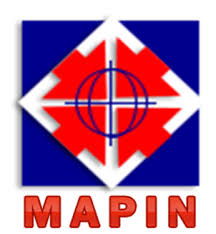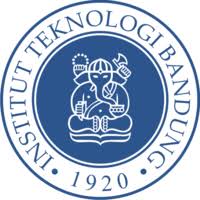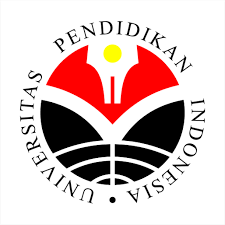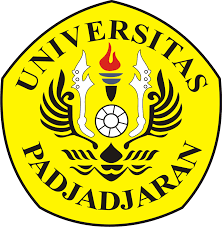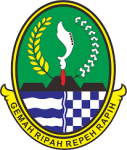Tangkuban Perahu

Tangkuban Perahu
Tangkuban Perahu is a stratovolcano 30 km north of the city of Bandung, the provincial capital of West Java, Indonesia. It erupted in 1826, 1829, 1842, 1846, 1896, 1910, 1926, 1929, 1952, 1957, 1961, 1965, 1967, 1969, 1983, and 2013. It is a popular tourist attraction where tourists can hike or ride to the edge of the crater to view the hot water springs and boiling mud up close, and buy eggs cooked on the hot surface.
Legend
The name translates roughly to “upturning of (a) boat” or “upturned boat” in Sundanese, referring to the local legend of its creation. The story tells of “Dayang Sumbi”, a beauty who lived in West Java. She cast away her son “Sangkuriang” for disobedience, and in her sadness was granted the power of eternal youth by the gods. After many years in exile, Sangkuriang decided to return to his home, long after the two had forgotten and failed to recognize each other. Sangkuriang fell in love with Dayang Sumbi and planned to marry her, only for Dayang Sumbi to recognize his birthmark just as he was about to go hunting. In order to prevent the marriage from taking place, Dayang Sumbi asked Sangkuriang to build a dam on the river Citarum and to build a large boat to cross the river, both before the sunrise. Sangkuriang meditated and summoned mythical ogre-like creatures -buto ijo or green giant(s)- to do his bidding. Dayang Sumbi saw that the tasks were almost completed and called on her workers to spread red silk cloths east of the city, to give the impression of impending sunrise. Sangkuriang was fooled, and upon believing that he had failed, kicked the dam and the unfinished boat, resulting in severe flooding and the creation of Tangkuban Perahu from the hull of the boat.
Museum of The Asian-African Conference

The Asian-African Conference
The Asian-African Conference which was held on 18th to 24th April 1955 in Bandung gained a big success both in formulating common concerns and in preparing operational guidance for cooperation among Asian African Nation as well as in creating world order and world peace. The conference has had a result Dasasila Bandung, which became the guideline for the colonized countries in fighting for their independence. It also became the fundamental principles in promoting world peace and international cooperation. The success of the conference was not only for the time being but also for the time after so that the soul and spirit of the Asian-African Conference becomes one of the most important factor that deciding world history.
Bosscha Observatory

Bosscha Observatory
History
During the first meeting of the Nederlandsch-Indische Sterrekundige Vereeniging (Dutch-Indies Astronomical Society) in the 1920s, it was agreed that an observatory was needed to study astronomy in the Dutch East Indies. Of all locations in the Indonesia archipelago, a tea plantation in Malabar, a few kilometers north of Bandung in West Java was selected. It is on the hilly north side of the city with a non-obstructed view of the sky and with close access to the city that was planned to become the new capital of the Dutch colony, replacing Batavia (present-day Jakarta). The observatory is named after the tea plantation owner Karel Albert Rudolf Bosscha, son of the physicist Johannes Bosscha and a major force in the development of science and technology in the Dutch East Indies, who granted six hectares of his property for the new observatory.[
Construction of the observatory began in 1923 and was completed in 1928. Since then a continuous observation of the sky was made. The first international publication from Bosscha was published in 1922. Observations from Bosscha were halted during World War II and after the war a major reconstruction was necessary. On 17 October 1951, the Dutch-Indies Astronomical Society handed over operation of the observatory to the government of Indonesia. In 1959 the observatory’s operation was given to the Institut Teknologi Bandung and has been an integral part of the research and formal education of astronomy in Indonesia.
For More Information About City Tour, Please Contact Us:
Phone: +62 821 2976 2959
email: icoirsmapin@itenas.ac.id






















